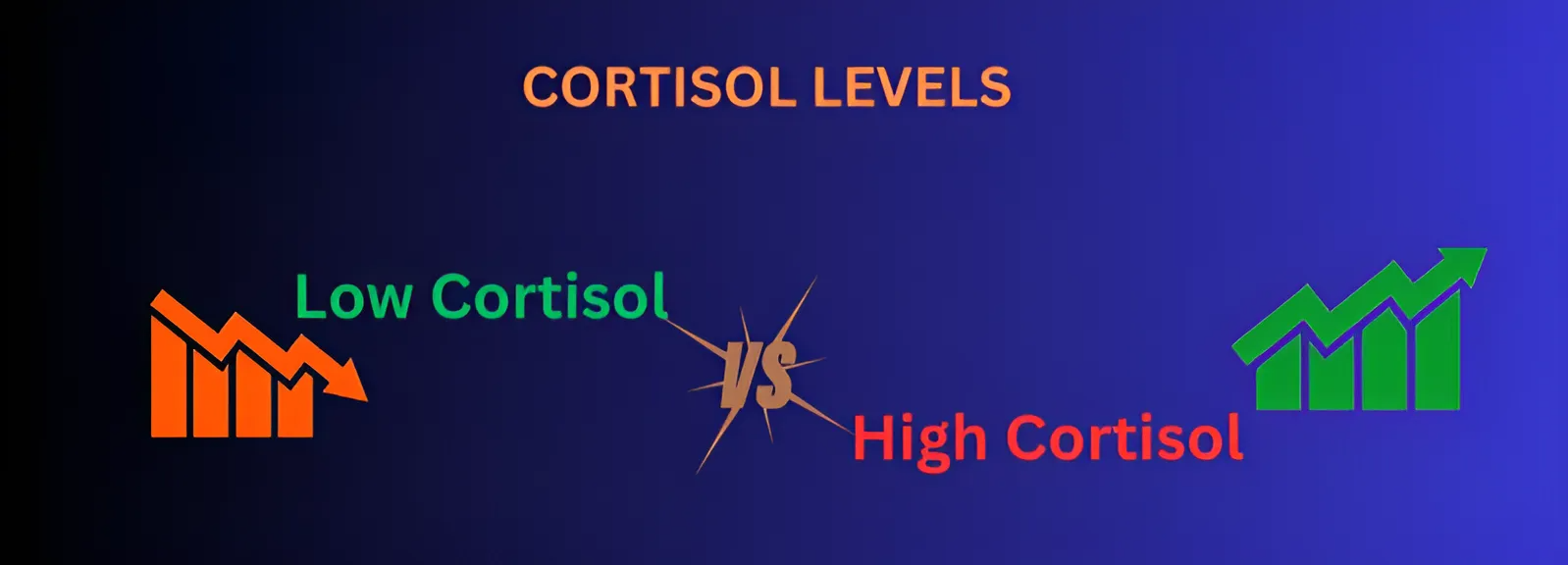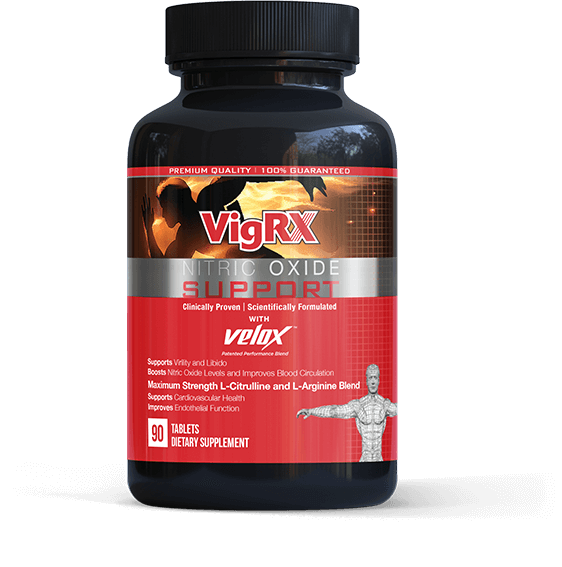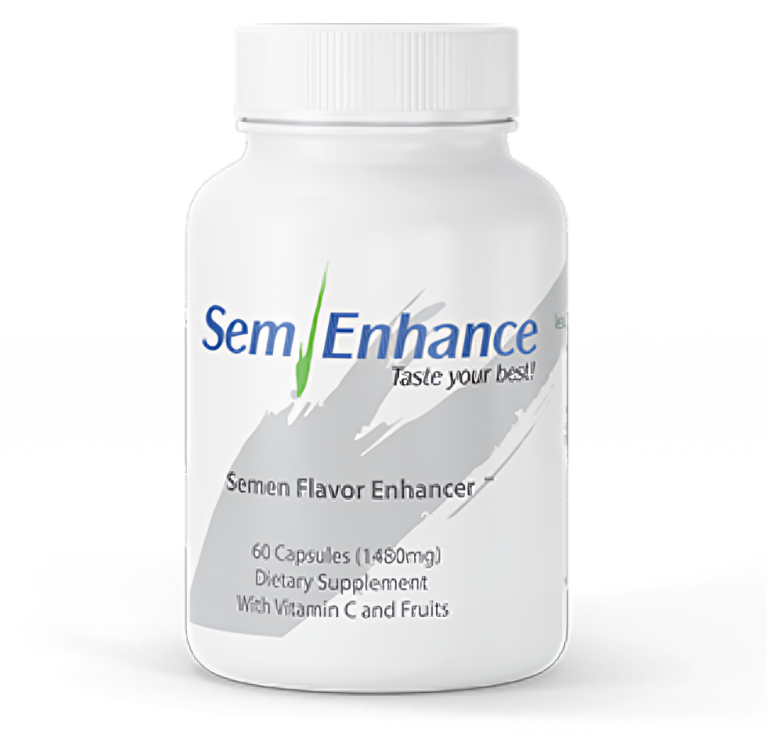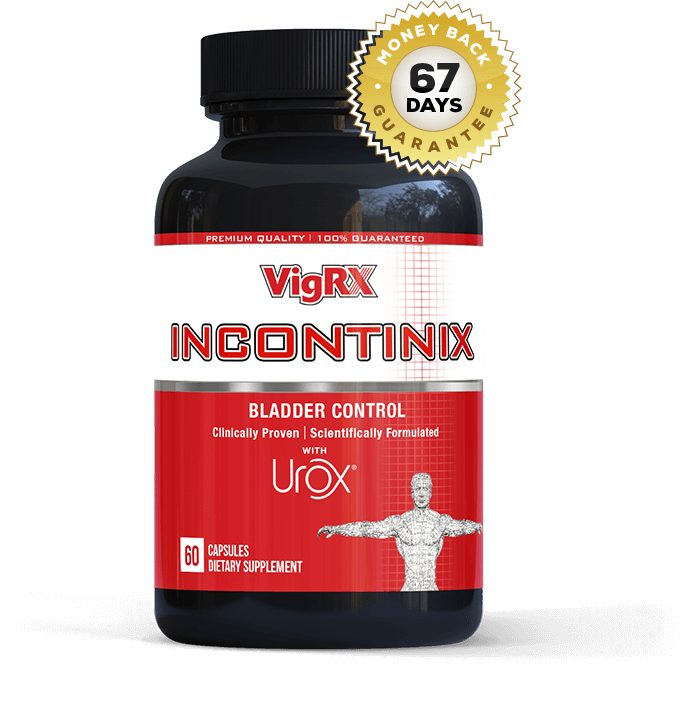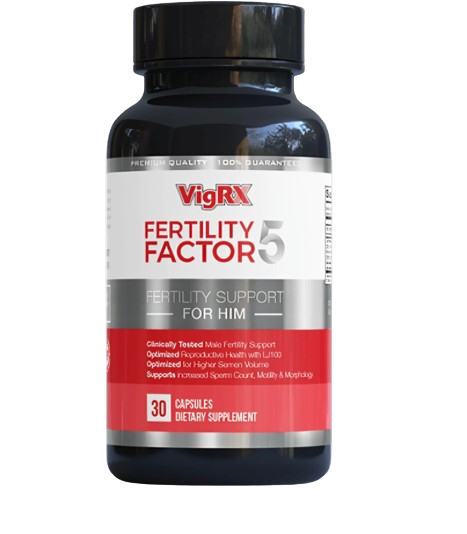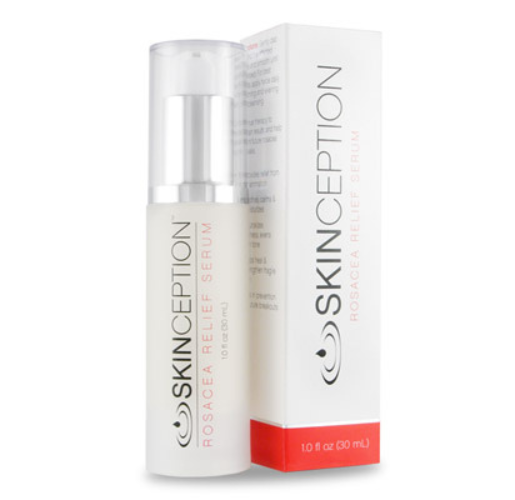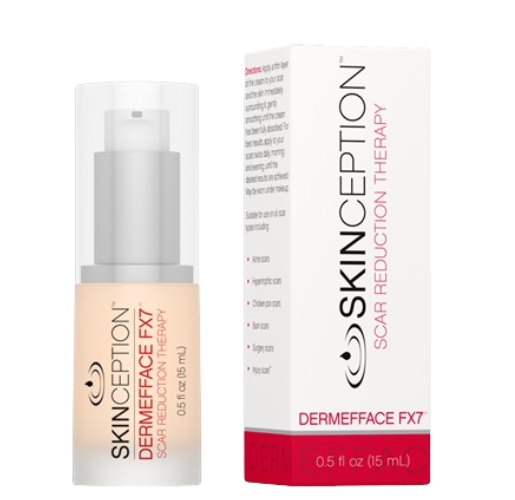What is Cortisol?
Cortisol is a steroid hormone produced by the adrenal glands, which are small hormone-releasing glands located on top of the kidneys. It is often referred to as the “stress hormone” because it is released in response to stress and plays a crucial role in the body’s stress response system, known as the hypothalamic-pituitary-adrenal (HPA) axis.
When you experience acute stress, whether physical like an injury or psychological like public speaking, the hypothalamus in your brain signals the pituitary gland to release adrenocorticotropic hormone (ACTH). ACTH then triggers the adrenal glands to pump out cortisol and other hormones like adrenaline that activate the body’s “fight-or-flight” response.
This evolutionary response prepares you to either stay and deal with the stressor or flee to safety. Cortisol increases blood sugar levels, suppresses non-essential bodily functions like digestion and reproductive systems, alters immune responses, and more – all to give you an energy boost to handle the perceived threat.
While this response is adaptive for short-term acute stress, chronic low-level stress can lead to cortisol being persistently elevated, which takes a toll on the body over time. That’s why cortisol has such far-reaching effects – it was designed for infrequent use, not constant activation.
Cortisol has many important functions in the body beyond just the stress response, including:
- Regulating metabolism and blood sugar levels by promoting gluconeogenesis (making glucose from non-carb sources)
- Reducing inflammation by redistributing white blood cells and suppressing inflammatory proteins
- Controlling blood pressure by affecting kidney mineral corticoid receptors
- Supporting the immune system in small doses, but suppressing it at high levels
- Regulating sleep/wake cycles by fluctuating diurnally based on the circadian rhythm
So while cortisol is absolutely essential for life and dealing with stressors, maintaining balanced levels within a normal range is crucial. Having either too much or too little disrupts this delicate hormonal system.
What is a Normal Cortisol Level?
Normal cortisol levels can vary quite a bit depending on age, sex, body composition, and other individual factors. However, generally accepted normal reference ranges are:
For Women:
- Morning (6-8 AM): 10-21 mcg/dL or 276-580 nmol/L
- Afternoon (4 PM): 3-10 mcg/dL or 82-276 nmol/L
- Evening/Night (12 AM): Less than 50% of morning level
For Men:
- Morning (6-8 AM): 7-25 mcg/dL or 193-690 nmol/L
- Afternoon (4 PM): 2-9 mcg/dL or 55-248 nmol/L
- Evening/Night (12 AM): Less than 50% of morning level
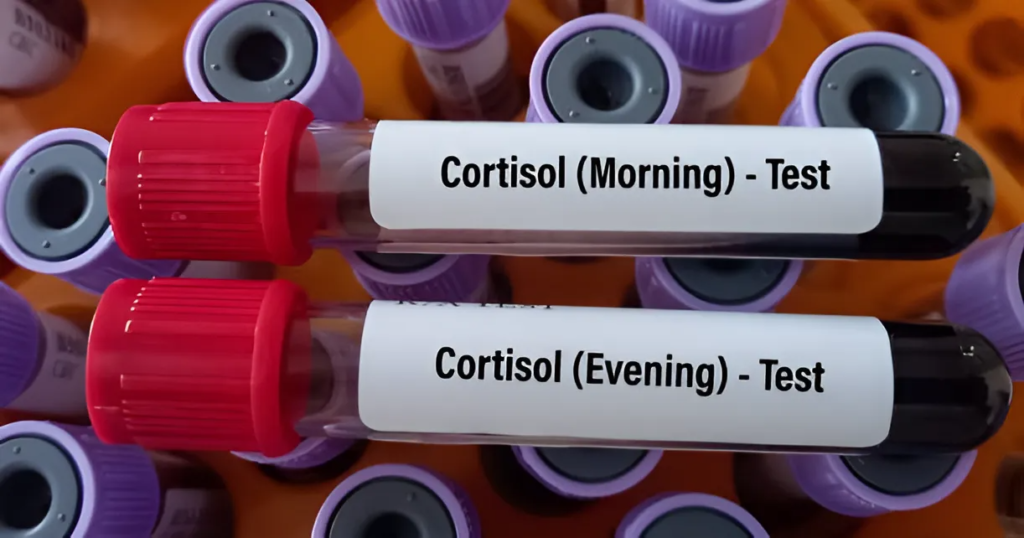
Cortisol levels naturally spike in the early morning hours to help you wake up and kick your metabolism into gear. They build throughout the day, peaking around midday, then taper off at night to allow for sleep. Having consistently high or low levels outside the normal ranges can indicate some kind of hormonal imbalance or dysfunction with the HPA axis.
It’s also important to note that cortisol levels fluctuate not just daily, but moment-to-moment. So testing gives you a snapshot, but levels are quite dynamic based on your circadian rhythm, stress levels, diet, exercise, and more. This is why testing multiple samples throughout the day is ideal.
High Cortisol vs Low Cortisol Symptoms
Having either excessive or deficient cortisol can cause a variety of symptoms affecting different body systems. Here’s a comparison of common symptoms:
| High Cortisol Symptoms | Low Cortisol Symptoms |
|---|---|
| Weight gain, obesity (especially abdominal) | Weight loss, decreased appetite |
| Sleep disturbances, insomnia | Fatigue, low energy, weakness |
| Acne, other skin issues | Low blood pressure, dizziness |
| Anxiety, irritability, mood swings | Sugar/salt cravings, low blood sugar |
| Headaches, muscle weakness/wasting | Nausea, diarrhea, abdominal pain |
| Memory/concentration issues | Muscle aches, weakness |
| Irregular periods in women | Irregular periods in women |
| High blood pressure | Depression, low mood |
| Increased thirst/urination | Low libido |
| Impaired immune function | Hyperpigmentation of skin |
| Easy bruising | Craving for salty foods |
As you can see, the symptoms of high and low cortisol levels can be quite different and even opposing in some cases. This is because cortisol has such widespread effects on many systems in the body when levels are out of range.
Recognizing the pattern of symptoms is often the first step in identifying a potential cortisol imbalance. For example, high cortisol classically presents with abdominal weight gain, fatigue, mood issues, and sleep disturbances, while low cortisol may manifest as weakness, low appetite, low blood pressure, and salt cravings.
Of course, these are just general symptom clusters, as there is a lot of overlap. Testing cortisol levels directly is required for an accurate assessment and diagnosis. But being aware of the common symptoms can help motivate you to get your levels checked if something seems amiss.
Causes of High & Low Cortisol in Women & Men
There are several potential causes and contributing factors that can lead to high or low cortisol levels in both women and men:
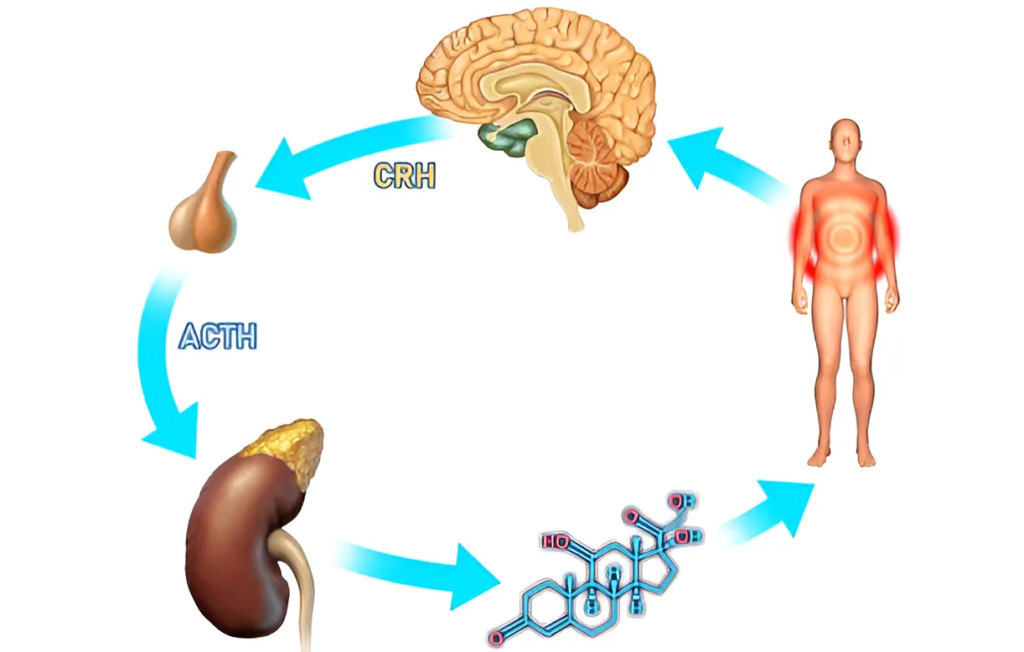
High Cortisol Causes
- Chronic stress – Ongoing stressors like work, relationships, finances, etc.
- Anxiety, depression – Mental health issues disrupt the HPA axis
- Obesity – Excess body fat may increase cortisol production
- Pregnancy – Cortisol levels naturally rise during pregnancy
- Cushing’s syndrome – Tumor on adrenal or pituitary gland causing excess cortisol
- Certain medications like corticosteroids, estrogen, oral contraceptives
- Lack of sleep – Disrupts cortisol’s natural diurnal rhythm
- Poor diet, blood sugar dysregulation – May stimulate more cortisol release
Low Cortisol Causes
- Chronic fatigue, excessive stress over time – Can “burn out” the adrenals
- Addison’s disease – Disorder impairing adrenal gland function
- Pituitary gland tumor/disorder – Impairs ACTH signaling to prompt cortisol release
- Severe trauma, illness, surgery – Stresses that deplete cortisol
- Malnutrition, eating disorders – Lack of nutrients to produce sufficient cortisol
- Radiation exposure – May damage adrenal gland tissue
- Certain medications like ketoconazole, opioids, some antidepressants
As you can see, many of the causes overlap for high and low cortisol, as the delicate feedback loop between the brain and adrenal glands can be disrupted in numerous ways. Stress, obesity, tumors, and various medical conditions are major culprits.
It’s also worth noting that high cortisol, if unaddressed over time, can eventually lead to low cortisol as the adrenal glands become depleted and fatigued. So considering the causes from all angles is important for properly addressing an imbalance.
How to Naturally Lower Cortisol
If you are experiencing signs and symptoms of high cortisol levels, or have had a blood, saliva or urine test confirm elevated cortisol, there are several natural lifestyle strategies you can employ to help lower your levels safely:
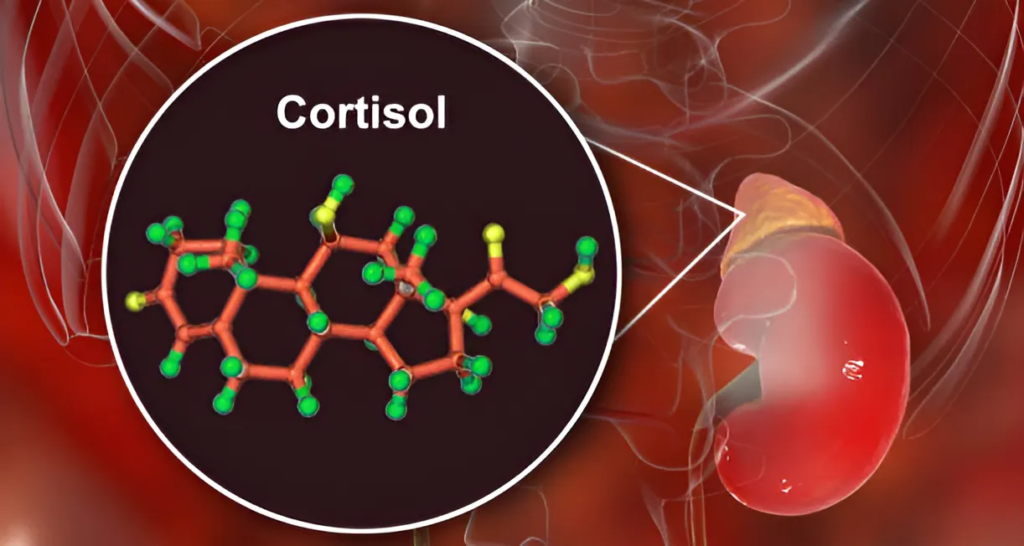
#1 Reduce Stress
Since chronic stress is one of the biggest drivers of high cortisol, finding effective ways to better manage your stress is key. Try relaxing practices like meditation, deep breathing, yoga, getting regular massage, journaling, listening to calming music, or just taking breaks from work during the day. Building regular de-stressing habits is crucial.
#2 Get Enough Sleep
Lack of sleep can directly disrupt cortisol levels and increase your overall stress. Most adults need 7-9 hours of quality sleep per night, so make it a priority. Also create a calming pre-bed routine, keep your bedroom cool and dark, and be consistent with your sleep/wake schedule as much as possible.
#3 Exercise Regularly
Certain types of exercise can be very effective for lowering elevated cortisol levels (more details on the best types later). However, be careful not to over-exercise, as this can have the opposite effect. The key is sticking to moderate, varied routines.
#4 Laugh More
It may sound trite, but laughter really can be potent medicine. Research shows that laughing, whether watching a funny show or hanging out with friends, can reduce cortisol.
#5 Try Relaxing Herbs
Herbs like ashwagandha, Rhodiola, glycyrrhiza (licorice root), and l-theanine may help reduce raised cortisol levels through their adaptogenic and stress-regulating properties.
Best Exercises to Reduce Cortisol
1. Moderate Aerobic Exercise
Low-to-moderate intensity aerobic activities like brisk walking, swimming, cycling, or light jogging for 30-60 minutes per session have been shown in numerous studies to reliably decrease cortisol levels over time. The aerobic component combined with being lower intensity prevents cortisol spikes that intense exercise can cause.
2. Yoga
The mind-body practice of yoga, with its combination of physical postures, breathing exercises, and meditation has been shown in multiple trials to significantly decrease cortisol levels, especially after just a single session. Certain poses, controlled breathing, and the relaxation response all contribute to lowering cortisol.
3. Light Resistance Training
While very intense weight lifting or powerlifting routines can temporarily spike cortisol levels due to the extreme physical stress, lighter resistance training with higher rep ranges and shorter rest periods seems to be ideal for keeping cortisol low over the long run. Moderate weight, higher volume routines are preferred.
It’s best to avoid ultra-intense forms of exercise like excessive endurance training (marathons, ultramarathons, etc.) or maximal powerlifting if your primary goal is lowering chronically elevated cortisol levels, as these can further tax the body and raise cortisol.
Foods that Reduce Cortisol

- Dark Chocolate – The antioxidants in dark chocolate, like epicatechins, can help buffer the impacts of oxidative stress that elevated cortisol can cause.
- Green Tea – Both the l-theanine and polyphenol antioxidants in green tea have anti-stress and cortisol-lowering properties.
- Bananas – The prebiotic fiber and magnesium in bananas can help counter some of cortisol’s effects like constipation and magnesium depletion.
- Pears – Pears provide antioxidants and fiber that can bind to and help eliminate excessive cortisol from the body.
- Oats – The beta-glucan fiber in oats has been shown to help blunt cortisol and inflammation spikes after stressful events.
- Black Tea – The theaflavins in black tea act as anti-inflammatory and antioxidant compounds that can counteract cortisol’s inflammatory effects.
- Oranges – Oranges are high in vitamin C, which is depleted by high cortisol levels, so they can help replenish these stores. The fiber also helps bind and eliminate cortisol.
- Yogurt – The live probiotic bacteria and nutrients in yogurt can counteract some of cortisol’s negative effects on gut health and immunity.
- Eggs – Eggs contain nutrients like vitamins D, B12, and choline that can help balance and regulate cortisol production.
- Shellfish – Shellfish like shrimp, oysters, and crab are high in zinc and other minerals that can become depleted by chronically elevated cortisol levels.
Natural Supplements to Reduce Cortisol
Ashwagandha – This adaptogenic herb helps regulate cortisol and other stress hormones while enhancing the body’s resilience to stress.
Phosphatidylserine – This phospholipid has been shown in studies to significantly blunt cortisol spikes and perceived stress levels.
Glycyrrhizin – Extracted from licorice root, this compound binds to and blocks cortisol receptors sites, reducing adrenal strain.
Rhodiola – An adaptogen that regulates HPA axis function and can buffer the effects of acute and chronic stress on cortisol levels.
Fish Oil – The anti-inflammatory omega-3s in fish oil help counter cortisol’s inflammatory and oxidative impacts on the body.
Vitamin C – High cortisol depletes vitamin C, so supplementing can replenish levels important for adrenal function and antioxidant status.
B-Complex – B vitamins like B5 help support adrenal gland health and enhance the body’s ability to withstand physiological stress.

How to Increase Cortisol
Eat Enough Calories/Carbs/Fats – Cortisol helps raise blood sugar, so undereating or restricting these macronutrients can lead to low cortisol. Eating sufficiently supports normal production.
Light Exercise – While intense exercise can drain cortisol, light activities like walking help stimulate a small, healthy cortisol response.
Supplements: Fenugreek – This herb has been used traditionally to increase cortisol and other anabolic hormones. Licorice Root – Provides glycyrrhizin that can modulate cortisol receptor function. Ginseng – An adaptogen that can enhance adrenal function and cortisol levels.
Boost Vitamin C/B5 – These vitamins are required for optimal adrenal gland function and cortisol synthesis.
Hydrocortisone (with doctor) – A synthetic form of cortisol that can raise levels when supplemented under medical supervision.
Manage Conditions – Treating disorders like Addison’s disease, pituitary issues, or any underlying causes of low cortisol.
In A Nutshell
Cortisol is an important hormone that becomes problematic when levels are consistently too high or low. Both extremes can cause an array of symptoms and health issues. Managing stress, getting quality sleep, exercising properly, and eating a balanced diet are great ways to help get cortisol back into a healthy range naturally.
If lifestyle and dietary changes aren’t enough, testing to identify your personal cortisol patterns can help guide whether supplements, herbs, light therapy, medications, or hormone therapy may be beneficial. Be sure to work closely with your doctor, as cortisol imbalances can have wide-ranging effects.
With some dedication and the right plan tailored to your needs, you can get your cortisol levels back into that ideal balanced zone for optimal energy, health, and wellbeing!



